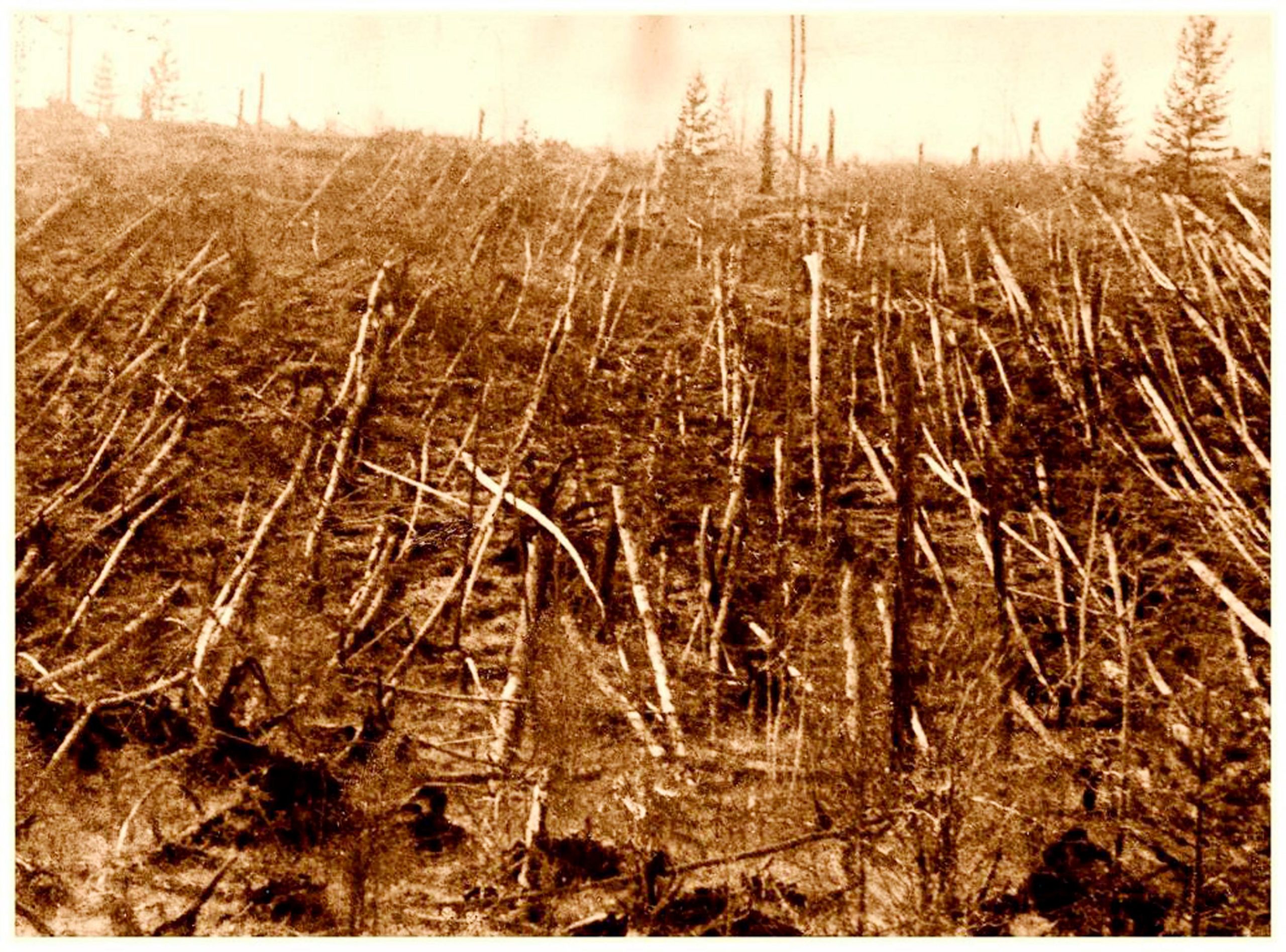JUNE 28, 1911: A meteorite falls to the ground near the village of El Nakhla El Bahariya, Egypt. The Nakhla meteorite was one of the first-known meteorites determined to have come from Mars. A fragment of the Nakhla meteorite supposedly struck and killed a dog, although there has been no independent confirmation of this. “Martian meteorites” are discussed in a future “Special Topics” presentation.
JUNE 28, 2011: A team of astronomers led by Mark Showalter discovers Pluto’s fourth known moon, Kerberos, in images taken with the Hubble Space Telescope. Pluto and its system of moons are discussed in a future “Special Topics” presentation.
JUNE 30, 1861: Comet Tebbutt 1861 II passes 0.133 AU from Earth, in the process becoming one of the brightest and most spectacular comets of the 19th Century. It is this week’s “Comet of the Week.”
JUNE 30, 1908: An object, perhaps 50 to 80 meters in diameter, enters Earth’s atmosphere over northeastern Asia and explodes several km above the ground near the Stony Tunguska River in central Siberia, creating widespread devastation for hundreds of square km around. The “Tunguska Event,” as this has come to be called, is the largest impact event on Earth in recent history, and it, together with some smaller more recent events, is the subject of this week’s “Special Topics” presentation.

JUNE 30, 2024: Comet 13P/Olbers is expected to pass through perihelion at a heliocentric distance of 1.176 AU. This return is discussed as a part of the “Comet of the Week” presentation on Comet 12P/Pons-Brooks (which passes through perihelion two months earlier).
JULY 1, 1770: Comet Lexell 1770 I (new style: D/1770 L1), discovered two weeks earlier by French comet hunter Charles Messier, passes 0.015 AU from Earth, the closest confirmed cometary approach to Earth in recorded history. Comet Lexell – which has not been seen since 1770 and is now considered “lost” – and this encounter are discussed in a previous “Special Topics” presentation.
JULY 1, 2020: The main-belt asteroid (544) Jetta will occult the 7th-magnitude star HD 143114 in Scorpius. The predicted path of the occultation crosses the southwestern Pacific Ocean and mostly lies over water, but does cross the northern tip of the South Island of New Zealand and western New Britain Island in Papua New Guinea.
JULY 2, 1737: A Jesuit missionary, Ignatius Kegler, discovers a comet from near Beijing, China. This is now known to have been a previous return of Comet 109P/Swift-Tuttle, the parent comet of the Perseid meteor shower, and a future “Comet of the Week.”
JULY 2, 1985: ESA’s Giotto mission is launched from Kourou, French Guiana. Giotto passed just 600 km from the nucleus of Comet 1P/Halley in March 1986 and then went on to encounter Comet 26P/Grigg-Skjellerup in July 1992. The Giotto mission as a whole is discussed in next week’s “Special Topics” presentation, and the encounter with Comet Halley, and some of its scientific results, are discussed in that comet’s “Comet of the Week” presentation.
JULY 3, 1819: French scientist Francois Arago observes Comet Tralles 1819 II (new style: C/1819 N1) with a polarimeter that he had invented, and discovered that some of the light in the comet’s tail was polarized, indicating that it was shining by reflected sunlight. This was the first such observation made of a comet.
JULY 3, 2020: Comet NEOWISE C/2020 F3 will pass through perihelion at a heliocentric distance of 0.295 AU. This comet, which was discussed in a previous “Comet of the Week” presentation, has the potential of becoming a naked-eye object for the northern hemisphere later this month. Current information about it can be found at the Comet Resource Center.
JULY 3, 2020: The main-belt asteroid (128618) 2004 QH25 will occult the 7th-magnitude star HD 173854 in Sagittarius. The predicted path of the occultation crosses the south-central Pacific Ocean, central Queensland and the north-central Northern Territory in Australia, and eastern Java and southern Sumatra in Indonesia.
JULY 4, 1997: Comet 2P/Encke passes 0.190 AU from Earth, the closest approach it has made to our planet since its original discovery in 1786. Comet Encke, which passed through perihelion last week and was last week’s “Comet of the Week,” should become visible in the southern hemisphere’s evening sky by the end of this week. Current information about it can be found at the Comet Resource Center.
JULY 4, 2005: NASA’s Deep Impact mission passes by Comet 9P/Tempel 1, firing a projectile at the comet’s nucleus and thereby creating a cloud of debris from the resulting impact, from which chemical information about the nucleus’ internal composition could be determined. Comet 9P/Tempel 1 is next week’s “Comet of the Week” and the Deep Impact encounter will be discussed in detail in that presentation.
More from Week 27:
Comet of the Week Special Topic Free PDF Download Glossary
Ice and Stone 2020 Home Page


